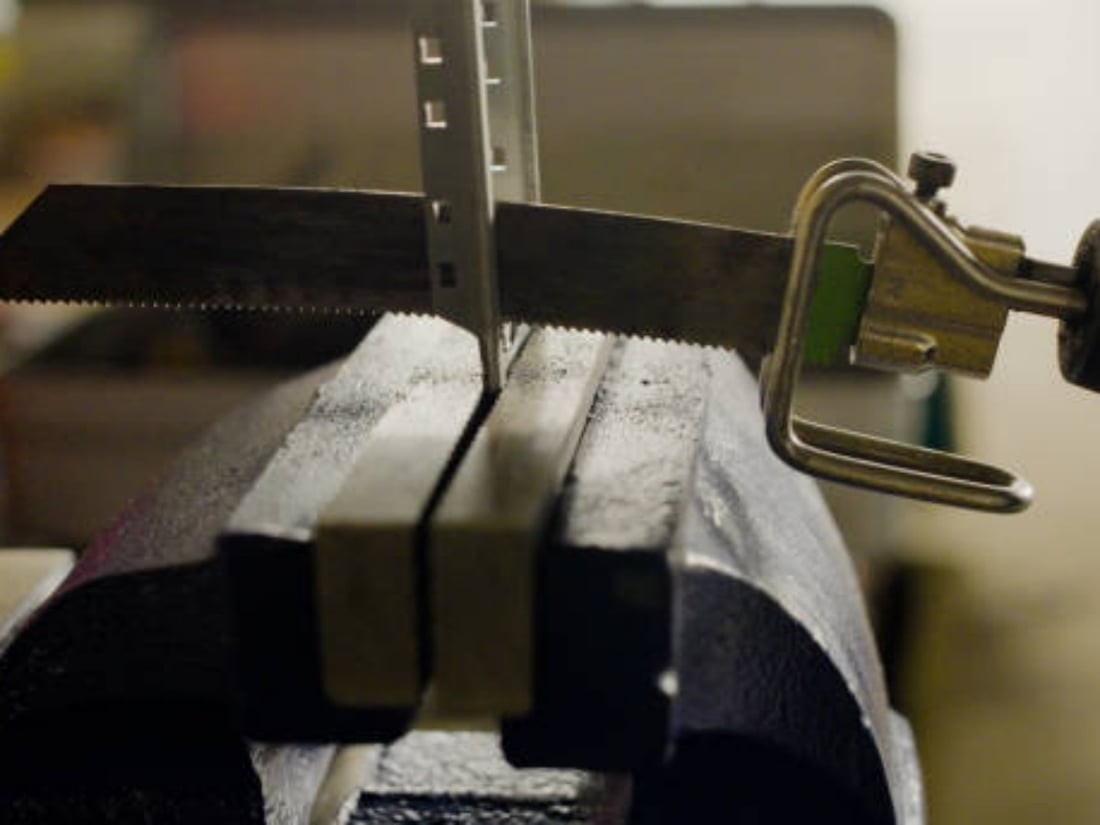Choosing the Perfect Durable carbide reciprocating saw blade
When it comes to tackling tough cutting tasks, a durable carbide reciprocating saw blade is an essential tool for both professionals and DIY enthusiasts. These blades are designed to withstand the rigors of heavy-duty cutting, making them the go-to choice for demanding applications. In this comprehensive guide, we will explore the various aspects of a durable carbide reciprocating saw blade that you need to consider before making a purchase.
Understanding Carbide Tipped Blades
Carbide is a material known for its exceptional strength and durability. When used in reciprocating saw blades, it significantly enhances the cutting performance and longevity of the blade. The carbide tips are brazed onto the blade body, creating a blade that can withstand the toughest cutting tasks without losing its sharpness. These blades are ideal for cutting through a wide range of materials, including wood, metal, and even masonry.
Advantages of Carbide Reciprocating Saw Blades
1. Enhanced Cutting Performance: The carbide tips on these blades offer superior cutting performance compared to traditional blades. They have the ability to cut through various materials with ease, providing a smooth and precise cutting experience.
2. Extended Lifespan: Due to their exceptional durability, carbide reciprocating saw blades have a much longer lifespan compared to regular blades. This means you can save money in the long run by not having to replace blades frequently.
3. Versatility: Carbide tipped blades can be used for a wide range of applications, making them a versatile choice for professionals and DIYers alike. Whether you need to cut through wood, metal, or even concrete, a durable carbide reciprocating saw blade is up to the task.
Factors to Consider when Choosing a Durable Carbide Reciprocating Saw Blade
1. Blade Length: The length of the blade should match the depth of the material you intend to cut. Longer blades are ideal for thicker materials, while shorter blades are suitable for thinner materials.
2. Teeth Per Inch (TPI): The TPI refers to the number of teeth on the blade per inch. A higher TPI provides smoother cuts, while a lower TPI is better for faster and more aggressive cuts.
3. Material Compatibility: Consider the type of material you will be cutting most frequently and ensure that the blade is designed for that specific material. Some blades are optimized for wood cutting, while others excel in cutting through metal or masonry.
4. Blade Thickness: Thicker blades offer increased stability and are less prone to bending or breaking. However, they may produce wider kerfs. Thinner blades, on the other hand, provide narrower kerfs but may be more susceptible to bending.
Tips for Maintaining a Durable Carbide Reciprocating Saw Blade
1. Clean the Blade: After each use, make sure to clean the blade to remove any built-up debris or residue. This will help maintain the blade's cutting performance and prevent premature dulling.
2. Lubrication: Applying a lubricant to the blade before and during use can reduce friction and heat, extending the blade's lifespan.
3. Proper Storage: Store the blade in a protective case or holder to prevent damage and ensure it stays sharp.
Conclusion
Investing in a durable carbide reciprocating saw blade is a wise decision for anyone looking to tackle tough cutting tasks. With their exceptional cutting performance, longevity, and versatility, these blades are a valuable addition to any toolbox. By considering factors such as blade length, TPI, material compatibility, and blade thickness, you can choose the perfect blade for your specific needs. Remember to maintain your blade properly to maximize its lifespan and ensure optimal cutting performance. With the right blade in hand, you'll be able to tackle any cutting project with ease and precision.
Durable carbide reciprocating saw blade, carbide tipped blades, cutting performance, extended lifespan, versatility, blade length, teeth per inch, material compatibility, blade thickness, blade maintenance The Ultimate Guide to Choosing a Durable Carbide Reciprocating Saw Blade Discover everything you need to know about durable carbide reciprocating saw blades, from their advantages and factors to consider when choosing one, to tips for maintenance and long-term use.
If you are interested in our products or services, please feel free to contact us.


